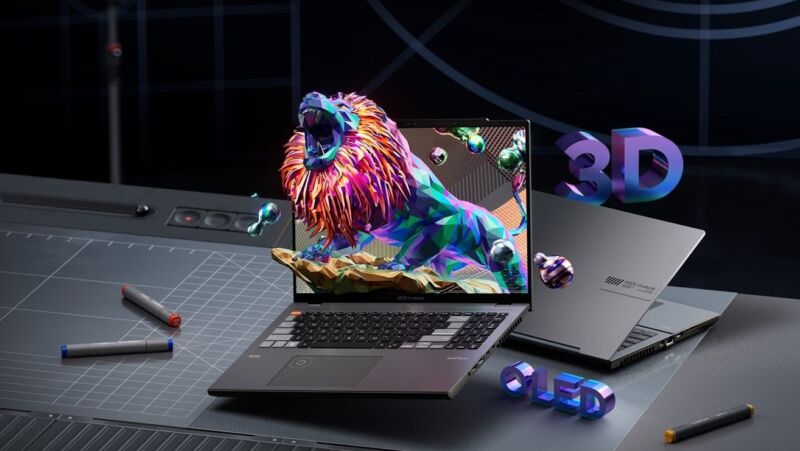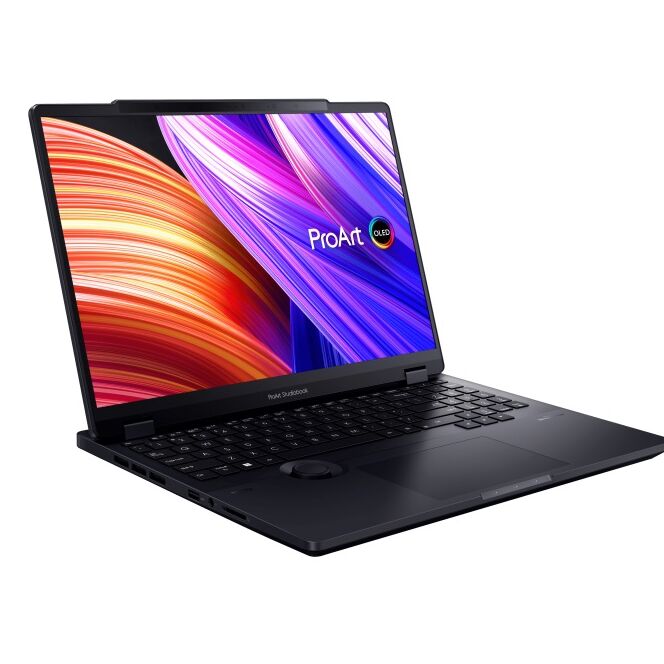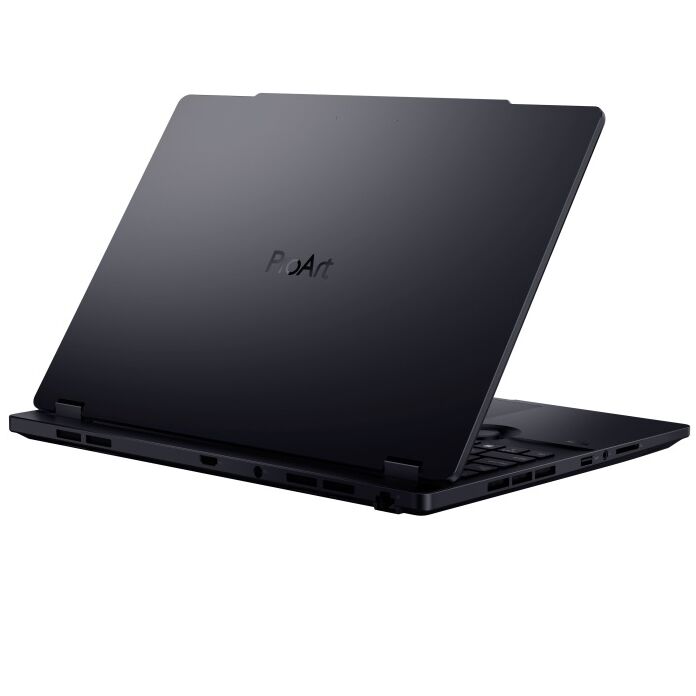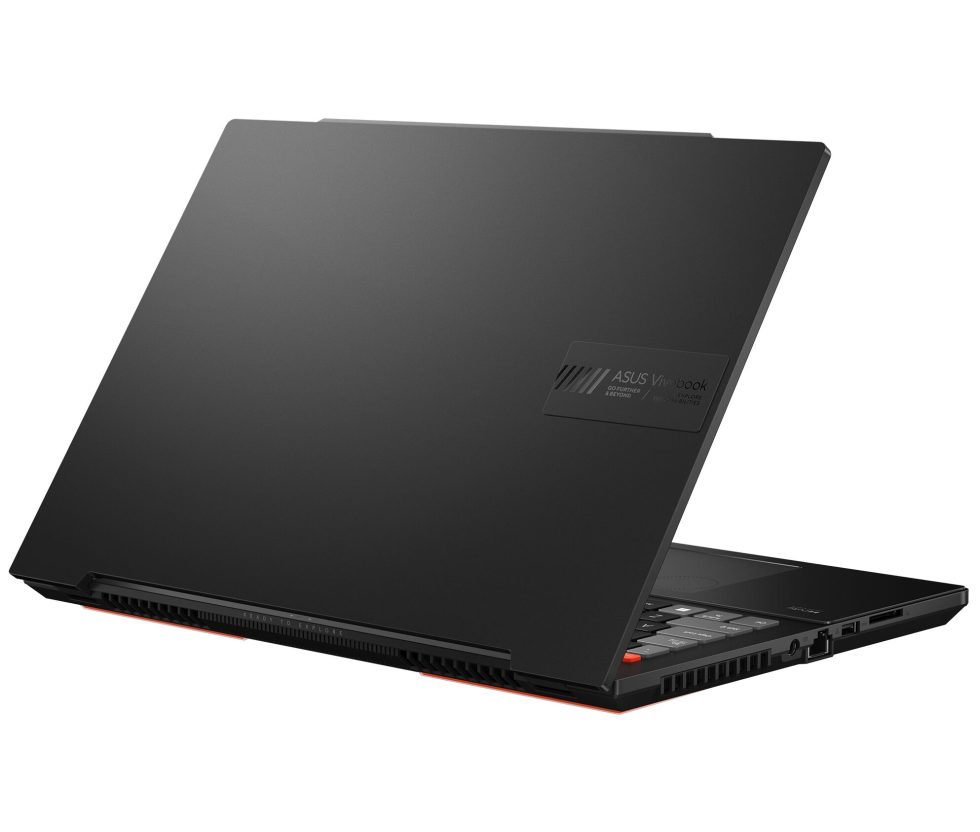
During CES 2023 in Las Vegas today, Asus announced an upcoming feature that allows users to view and work with content in 3D without wearing 3D glasses. Similar technology has been used in a small number of laptops and displays before, but Asus is incorporating the feature for the first time in OLED laptop screens. Combined with high refresh rates, unique input methods like an integrated dial, and the latest CPUs and laptop GPUs, the company is touting the laptops with the Asus Spatial Vision feature as powerful niche options for creative professionals looking for new ways to work.
Asus' Spatial Vision 3D tech is debuting on two laptops in Q2 this year: the ProArt Studiobook 16 3D OLED (H7604) and Vivobook Pro 16 3D OLED (K6604).

The laptops each feature a 16-inch, 3200×2000 OLED panel with a 120 Hz refresh rate. The OLED panel is topped with a layer of optical resin, a glass panel, and a lenticular lens layer. The lenticular lens works with a pair of eye-tracking cameras to render real-time images for each eye that adjust with your physical movements.
In a press briefing, an Asus spokesperson said that because the OLED screens claim a low gray-to-gray response time of 0.2 ms, as well as the extremely high contrast that comes with OLED, there's no crosstalk between the left and right eye's image, ensuring more realistic-looking content. However, Asus' product pages for the laptops acknowledge that experiences may vary, and some may still suffer from "dizziness or crosstalk due to other reasons, and this varies according to the individual." Asus said it's aiming to offer demos to users, which would be worth trying out before committing to this unique feature.

On top of the lenticular lens is a 2D/3D liquid-crystal switching layer, which is topped with a glass front panel with an anti-reflective coating. According to Asus, it'll be easy to switch from 2D mode to 3D and back again. When the laptops aren't in 3D mode, their display will appear as a highly specced OLED screen, Asus claimed.
The laptops can apply a 3D effect to any game, movie, or content that supports 3D. However, content not designed for 3D display may appear more "stuttery," per a demo The Verge saw. The laptops are primarily for people working with and creating 3D models and content, such as designers and architects.

The two laptops will ship with Spatial Vision Hub software. It includes a Model Viewer, Player for movies and videos, Photo Viewer for transforming side-by-side photos shot with a 180-degree camera into one stereoscopic 3D image, and Connector, a plug-in that Asus' product page says is compatible with "various apps and tools, so you can easily view any project in 3D."
Asus' Spatial Vision laptops have glasses-free 3D that's similar to some Acer products already released. In May, Acer announced the SpatialLabs View and SpatialLabs View Pro portable monitors that can convert 2D content into stereoscopic 3D by rendering images for the left and right eye and projecting them through an optical lens. The monitors require an Intel Core i7 CPU and RTX 3070 Ti for laptops or RTX 2080 for desktops, however. Asus' laptops give you everything you need to try the emerging technology.
Acer has also released its laptops with glasses-free 3D: the ConceptD SpatialLabs Edition workstation-esque clamshell and the Acer Predator Helios 300 Spatial Edition gaming laptop.
Asus' products show a growing interest in making 3D-design work more accessible, without sacrificing top-of-the-line display specs. Still, early players like Asus and Acer are burdened with proving the value to workers doing things like 3D rendering. Asus Spatial Vision will attempt to encourage them by including access to development tools built on the Simulated Reality platform from 3D spatial technology firm Dimenco, including "supporting materials and guidelines" on things like gesture control.
reader comments
86